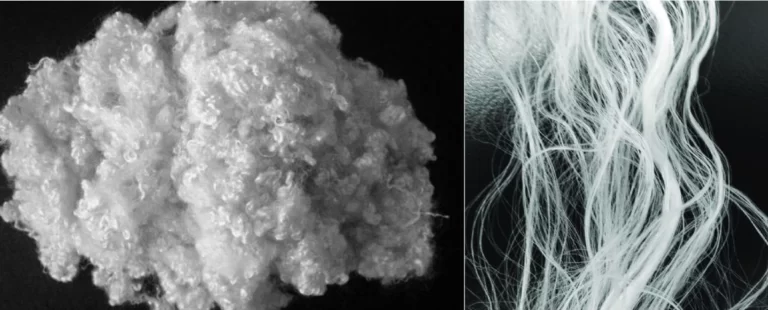
Acetone is used as an excipient in pharmaceuticals. It plays a role in the production of pills/tablets and liquid medications, helping to balance fillers and active ingredients.
Key Takeaways
- Acetone is an organic solvent used in the production of pills and liquid medications.
- It helps balance fillers and active ingredients in pharmaceuticals.
- Acetone also has uses in cosmetics and industrial applications.
- Despite its benefits, acetone usage comes with potential risks and requires safety measures.
1. Understanding Acetone
Acetone, also known as propanone, is the simplest form of ketone. It’s a colorless liquid that has a distinct sweet smell. It’s highly volatile and miscible with water, making it an excellent solvent for many substances.
Acetone occurs naturally in plants, trees, volcanic gases, and as a product of animal metabolism. Industrially, it’s produced from propylene and benzene through the cumene process.
2. Acetone in Pharmaceuticals
2.1. Role of Acetone in the Production of Pills/Tablets
In the pharmaceutical industry, acetone is used as an excipient, an inactive substance that serves as a vehicle for the active ingredients of a medication. In pill manufacturing, it’s used to deagglomerate the powder mixture, enhancing the effectiveness of the active drug.
Tablet Production Process:
- Weighing: Accurate measurement of all ingredients.
- Mixing: Incorporation of drugs and excipients.
- Granulation: Wetting the powder mix using a suitable liquid (like acetone).
- Drying: Removal of excess moisture.
- Compression: Formation of tablets under high pressure.
2.2. Use of Acetone in Liquid Medications
Acetone’s miscibility with water makes it useful in liquid medications. It can help dissolve certain types of drugs that aren’t soluble in water alone.
Liquid Medication Production Process:
- Drug Dissolution: The drug is dissolved in a suitable solvent (like acetone).
- Addition of Excipients: Excipients are added to improve taste, stability, or absorption.
- Filtration: The solution is filtered to remove any undissolved particles.
- Filling: The solution is filled into suitable containers.
2.3. Balancing Fillers and Active Ingredients
In both solid and liquid drug formulations, acetone can help balance fillers and active ingredients. It ensures that the active drug is evenly distributed throughout the product, ensuring each dose contains the correct amount of medication.
3. List of Drugs using Acetone
- Allegra-D
- Azulfidine
- Dexmethylphenidate Hydrochloride
- Lansoprazole
- Methylphenidate Hydrochloride
- Omeprazole
- Sulfasalazine
4. Other Uses of Acetone
Beyond pharmaceuticals, acetone has several other uses due to its properties as a good solvent.
- Use in Cosmetics: One of the most well-known uses of acetone outside pharmaceuticals is in nail polish removers. It is effective at dissolving polymers making it ideal for this use.
- Industrial Uses: Acetone is also used industrially as a solvent for plastics and synthetic fibers. It’s used in the manufacture of other chemicals and is even used as a direct solvent in some food products.
References
- “Acetone” – https://www.drugs.com/inactive/acetone-180.html
- “What is acetone, and does it have risks?” – https://www.medicalnewstoday.com/articles/what-is-acetone
- “What Is Acetone Used For” – https://www.echemi.com/cms/489390.htm




